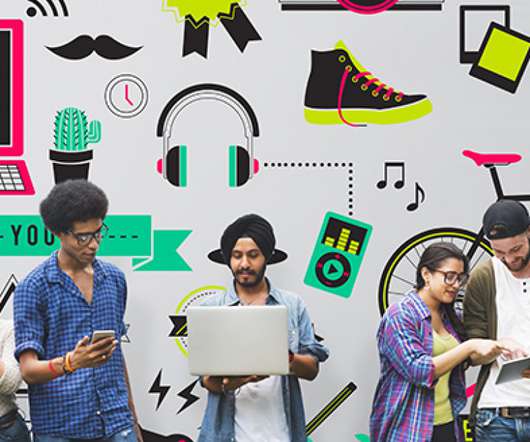And the top e-learning trends for 2016 are.
Neo LMS
DECEMBER 3, 2015
It was the age where almost everyone owned a smartphone - whether it was Android, Apple or Windows Phone. Second, the introduction of gamification. Initially thought by some experts and even teachers as a gimmick , gamification quickly caught the interest of the ed tech world, because the best way to teach students is to play games.














Let's personalize your content